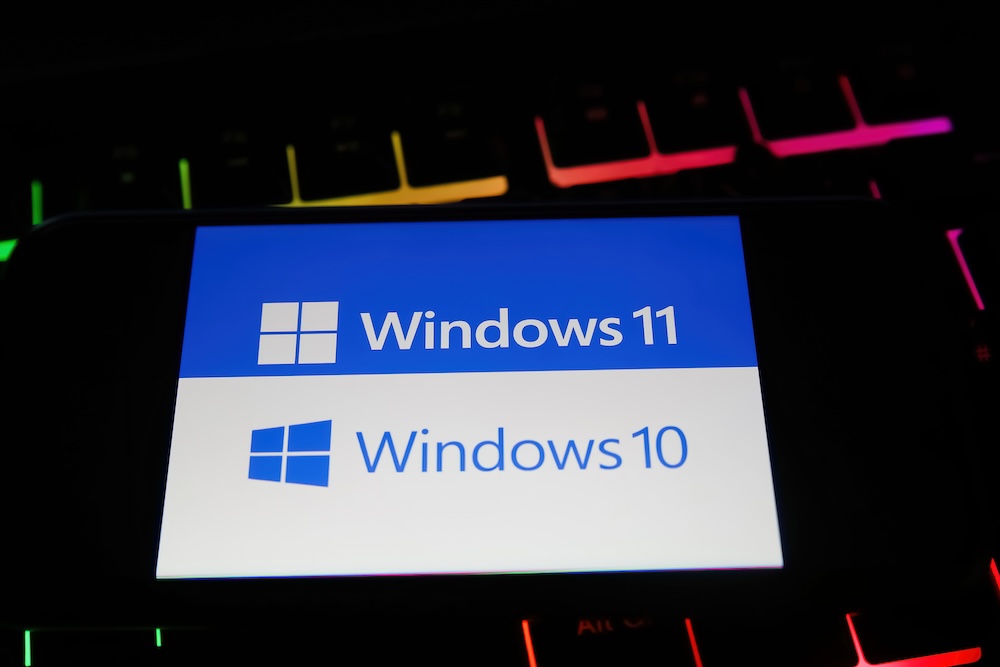If your business is still relying on Windows 10, it’s time to take a good look at what comes next. Microsoft has announced that Windows 10 will reach its end of support on October 14, 2025, which might sound far off until you consider the risks of running an unsupported operating system. This isn’t just a matter of missing out on new features. Once support ends, so does your system’s protection.
No More Patches Means No More Protection
When Microsoft ends support, it stops delivering security updates and patches. That means any new vulnerabilities discovered after that date will remain open for attackers to exploit. If a new zero-day vulnerability emerges, there won’t be a fix, at least not from Microsoft. For cybercriminals, unsupported systems are a goldmine. They know exactly what vulnerabilities exist, and they count on businesses being slow to upgrade.
The result? Unsupported systems become prime targets for malware, ransomware, and network breaches. Past end-of-life events like Windows XP’s retirement in 2014 sharply increased attacks on those systems. History is poised to repeat itself.
Compliance and Liability Risks Stack Up
For many organizations, particularly those in healthcare, finance, or education, compliance is non-negotiable. Regulations like HIPAA, PCI-DSS, and GDPR require systems to be patched and secure. Running outdated operating systems can immediately put you out of compliance, which doesn’t just carry the risk of fines—it opens you up to legal liability in the event of a breach.
Insurance companies are also taking a harder line. Cyber insurance policies increasingly include clauses that require businesses to maintain updated systems. An outdated OS can be grounds for denying a claim after a breach, leaving you to bear the full cost of recovery.

Upgrading Isn’t Just Safer—It’s Smarter
Moving to a supported platform like Windows 11 doesn’t just reduce your risk—it can also improve performance and productivity. Newer operating systems are built with modern cybersecurity in mind, including hardware-based protections, stronger encryption, and better user access controls. They’re designed to work with today’s cloud-first, remote-friendly environments.
Yes, upgrades require planning and investment, but delaying them comes at a higher cost. You’re not just avoiding a tech refresh—you’re inviting risk into your organization.
Start Planning Now
Migrating to a new operating system takes time, especially for organizations with older hardware, custom applications, or a large number of devices. Start with an inventory of your current systems, identify what can be upgraded and what needs replacing, and develop a migration roadmap.
Cybersecurity isn’t only about the tools you use—it also depends on keeping your systems up to date. Relying on an unsupported operating system can quietly introduce risks over time. It may not cause problems immediately, but the longer it’s in place, the more exposed your business becomes.
Now’s the time to move forward. Not just to stay current, but to stay secure.
About ACT
Applied Computer Technologies (ACT) is a full-service IT provider, specializing in Reinsurance and Finance. Services include Cloud Services, IT Services and Support, Microsoft 365 and Azure Services, Business Continuity, Telephony and Virtual CIO Services. ACT has locations in Bermuda, Cayman Islands and Canada, with customers worldwide.
For the latest industry trends and technology insights visit ACT’s main Blog page.



